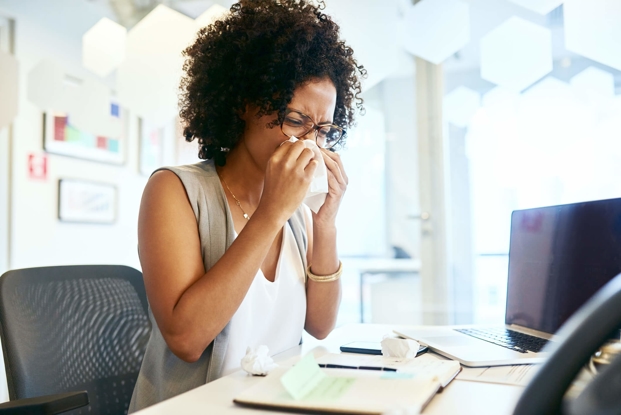What does skin and nail care have to do with Lymphedema?
- Category: Living Well
- Posted On:
- Written By: Lillian O’Cain, LOTR, CAPS and Elizabeth Urquhart, LOTR, CLT
Cancer Rehabilitation is relatively new in the healthcare system. So much focus has always been on removing or decreasing cancer in the body that the sequela of treatment of cancer leads to impairment. This impacts everyday life during treatment or after treatment. The goal of Cancer Rehabilitation Care for breast cancer patients is to provide education and treatment for lymphedema.
What is Lymphedema?
Lymph is a clear fluid that develops in tissue spaces throughout the body. It accumulates as a result of trauma or surgery to the lymph nodes. It usually affects an arm or a leg, but can also occur in the face, neck, abdomen or other parts of the body. It is different from edema, as it does not resolve on its own.
Lymphedema usually develops slowly over time. The swelling can range from mild to severe, and it can develop soon after surgery or radiation treatment. Doctors are not able to fully understand why some patients are more likely to have problems with fluid build-up than others.
Signs of Lymphedema
- Swelling of an arm, which may include fingers
- A full or heavy feeling in an arm
- A tight feeling in the skin.
- Trouble moving a joint in the arm
- A feeling of tightness when wearing clothing, bracelets, watches, or rings.
- Difficulty fitting the arm into jacket or shirt sleeves.
Lymphedema often occurs in breast cancer patients who had all, or part of their breast removed, and axillary lymph nodes removed. If you have had lymph nodes removed surgery, or radiation treatment, you may want to examine your body in front of a mirror. If you notice any of the signs listed above, and if they last for one or two weeks, call your doctor.
The most common form of lymphedema in the United States is secondary lymphedema. Secondary lymphedema most often affects those who have survived cancer and have undergone surgery and/or radiation of the lymph nodes.
If you are diagnosed with lymphedema, therapy offers effective treatment to reduce the swelling, keep it from getting worse and limit the risk of infection. Education to breast cancer patients about lymphedema, includes the need for good skin care, avoiding injections and having blood pressure taken in the affected arm.
Touro’s Occupational Therapist and Certified Lymphedema Therapist can evaluate, educate, and treat lymphedema when ordered by a physician. Therapy can include:
- Meticulous skin care
- Massage
- Special bandaging
- Therapeutic exercise
- Fitting for a compression garment
- Manual lymph drainage
- Self-care treatment
- Customized home care program
Getting treatment early should lead to a shorter course of treatment to get your lymphedema under control. The safest, most effective treatment for lymphedema is MLD/CDT (manual Lymph drainage) by a trained therapist.
Source: National Cancer Institute
 Dr. CainLillian O’Cain, LOTR, CAPS has over 25 years experience as an Occupational Therapist at Touro Infirmary and in 2013 was promoted to Program Manager for Touro’s STAR Program (Survivorship, Training and Rehabilitation). Lil received a bachelor of science in Occupational Therapy from Louisiana State University School of Allied Health Professions in 1986. She has developed a passion in the field of study for both fall prevention and Aging in Place and regularly volunteers her time to offer innovative programming and opportunities to educate seniors, caregivers, physicians and Touro staff.
Dr. CainLillian O’Cain, LOTR, CAPS has over 25 years experience as an Occupational Therapist at Touro Infirmary and in 2013 was promoted to Program Manager for Touro’s STAR Program (Survivorship, Training and Rehabilitation). Lil received a bachelor of science in Occupational Therapy from Louisiana State University School of Allied Health Professions in 1986. She has developed a passion in the field of study for both fall prevention and Aging in Place and regularly volunteers her time to offer innovative programming and opportunities to educate seniors, caregivers, physicians and Touro staff.


